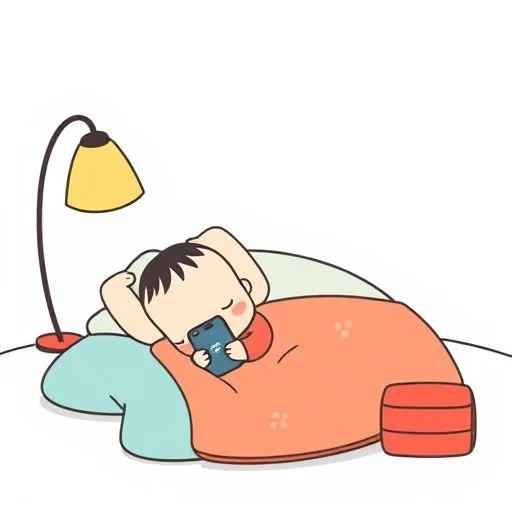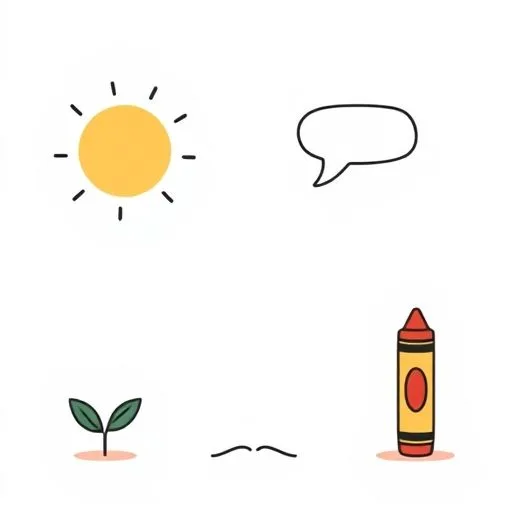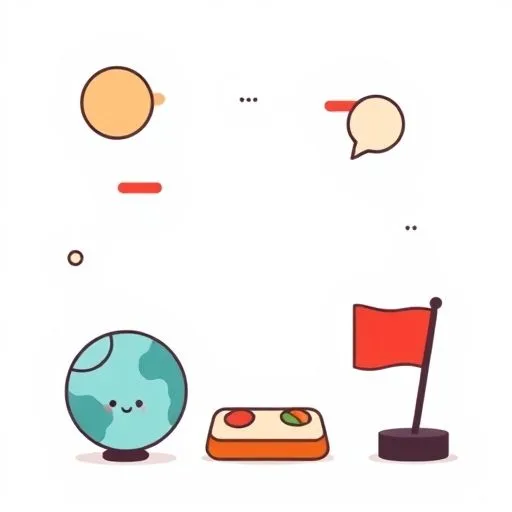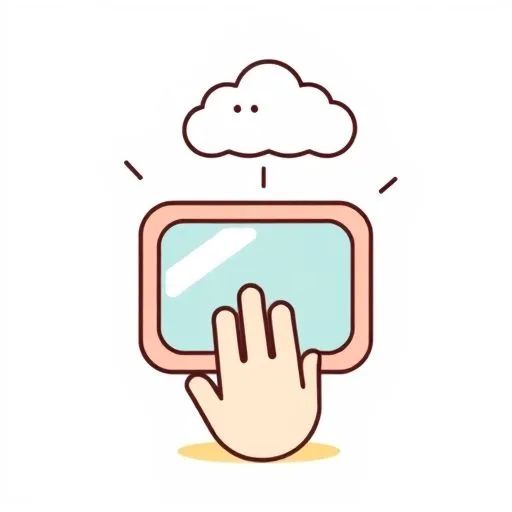
There’s that evening light that finds you curled on the couch, our youngest asleep against your chest, your thumb absently stroking their hair while your eyes scan parenting forums about screen time limits. The glow of your phone on tired features says more than any statistic ever could. Today’s research claims children interact with AI more than grandparents across 53 nations, but all I see is your thoughtful exhale as you lower the device to press a kiss against small sleeping foreheads – that perfect balance you keep finding between technology and tenderness.
The Translator of Heartbeats

I still remember that rainy Saturday so clearly – you kneeling beside our kitchen table, watching our middle child explain photosynthesis to their AI tutor while wind rattled the windows.
You know what really got me? Your quiet interjection – ‘But how does the plant feel when the sun comes back?’ – that’s when I understood your magic. Researchers measure engagement metrics, but they miss your real gift: teaching our children to weave soul into science, to see the heartbeat behind every algorithm’s answer.
That scatter of crayon drawings explaining chatbot responses with talking sunflowers? Your quiet revolution against cold logic.
The Global Tapestry of Tiny Hands

When your sister video-called from Kyoto last month, showing how her twins taught their learning app to count with sushi emojis, I saw the flicker in your eyes. Not anxiety, but that fierce maternal pride witnessing the next generation claiming technology as their native tongue.
Across continents, children are remolding AI in playground languages – Swahili riddles morphing into math lessons, Portuguese lullabies explaining coding loops.
Yet beneath this global chorus, your nightly ritual remains unchanged: reviewing history queries to whisper ‘But what do you think really happened?’ – nurturing critical thought like secret family recipes.
Your Quiet Algorithm of Care

Ever had one of those moments where technology just clicks into place with parenting? There’s a particular way you portion screen minutes like cookies – not harsh restrictions, but measured ingredients in our children’s development diet.
Wednesday’s baking disaster became poetry: flour-streaked tablets displaying recipe converters while you demonstrated how warm hands correct AI’s imperfect dough calculations.
The research calls this ‘supervised machine learning.’ Our children call it love – that patient calibration where technology meets your instinct knowing precisely when digital answers should yield to messy, human discovery.
The Bridge Builder Between Worlds

Remember that afternoon in the park when our daughter used her nature app to identify butterflies, then tucked the device away to simply watch them dance? You showed her how technology could open doors to wonder rather than replace the experience itself.
That’s the beautiful balance we’re all learning – using AI as a tool to enhance our human connections, not diminish them. It’s about knowing when to consult the digital field guide and when to just lie back in the grass and feel the sun on your face.
The Heart Behind the Algorithm

At the end of the day, it’s not about perfect screen time ratios or mastering the latest educational app. It’s about that moment when you put down the device and pull our child into your lap for a story – the warmth of your voice, the turn of the page, the shared imagination that no algorithm can replicate.
That evening light finds us again, not with worry but with wonder – watching our children navigate between pixels and hugs with a natural grace that reminds us: the most advanced technology in parenting will always be the human heart.
Sorry, layout does not exist.